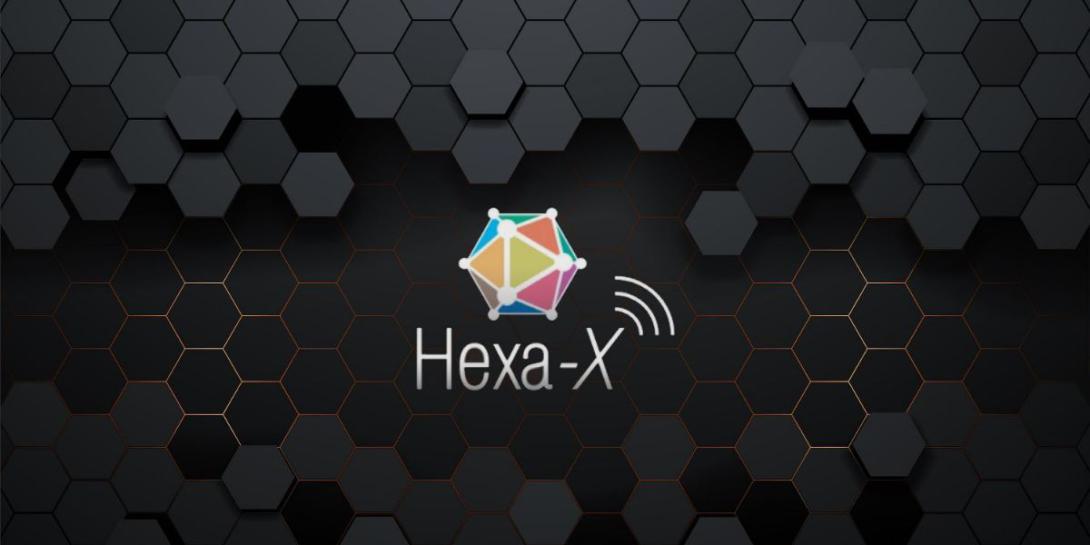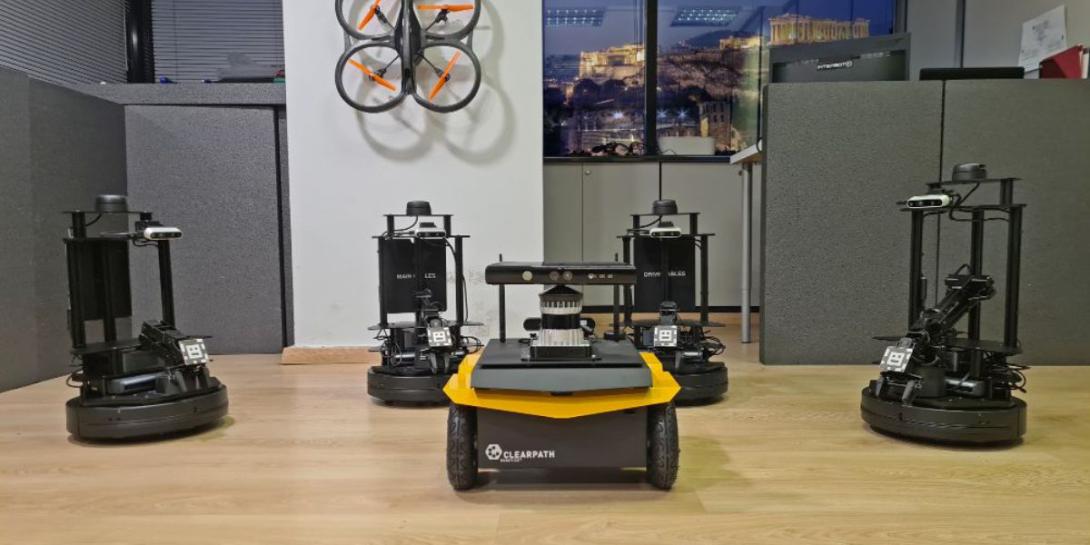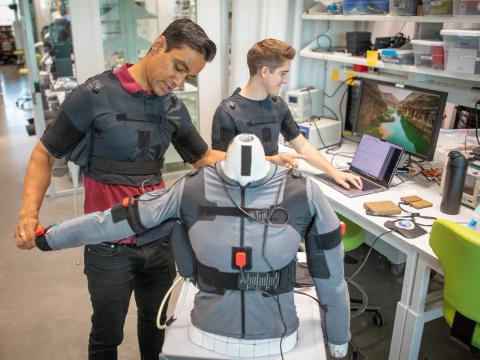Laying the Foundation for 6G
Led by European telecommunication carriers, the so-called HEXA-X consortium is examining solutions for advanced 5th Generation and 6th Generation mobile networks. Through carrier research and development investments, public-private partnerships, industry activity and academia studies, HEXA-X is delving into some of the most complicated issues before structuring future, powerful 6G communications networks on the continent. The group’s research so far points to the large, expected contribution that artificial intelligence and machine learning will have for 6G networks by serving a plethora of functions in many layers of the network, such as spectral efficiency, protocols and network performance.
“Artificial intelligence and machine learning techniques, especially deep learning, have rapidly advanced over the last decade, evolving in several domains, including in image classification, computer vision and networking,” says Nokia Bell Labs’ Mikko Uusitalo, head of research, Radio Systems Research Finland, and HEXA-X’s project lead and coordinator. “And we expect these technologies to be introduced into many parts of the network at many layers and in many functions, from optimization of beam formation at the radial layer, to distribution at the cell site and self-optimizing networks.
Artificial intelligence and machine learning will provide better performance at a higher level of complexity and make the network inherently more energy efficient, taking less power to send the same amount of information. 6G can achieve this by changing the way that the network encodes data.”
The consortium is relying on its “strong participation” from its 25 European members to help develop this 6G network foundation, as well as contribute to the industry’s consensus regarding 5G and 6G protocols, Uusitalo shares. Nokia leads the consortium, which also includes Ericsson, Telecom Italia, Telefonica Spain, Siemens, Intel, Orange, WINGS ICT Solutions, and other companies, organizations and universities. The group is also supported by the European Commission.
“HEXA-X is creating a shared 6G vision and defining technology enablers for connectivity in three worlds, connecting the human, physical and digital worlds,” says Uusitalo. “Our goal is to build the basis for 6G, structuring, framing and developing the technology for connectivity for the 2030 timeframe.”
The consortium is aligning with European priorities, taking into account how digitalization efforts across various industry sectors will impact society, including sustainability issues, job creation and technology transformation in Europe. HEXA-X also is linking its work to the United Nations’ 2030 Agenda for Sustainable Development.
“We are looking at the significant challenges ahead of us, looking at how we can and how we should contribute, even to such major challenges like climate change, the pandemic, the digital divide and social inequalities,” Uusitalo notes. “For example, we are looking at what kind of opportunity do we have with innovation to drive employment. We know that while technology is a central component of a digital economy, we must reflect the complex needs of our society and use the opportunity to provide applicable digital solutions. We are a European-based project, so we are doing all that from a European perspective and to build European know-how.”
A two-and-a-half-year effort, HEXA-X has been running for about a year. The group started by formulating its vision, surveying technologies and developing use cases, and since then has continued to define research challenges, find knowledge and technology gaps “and identify where we want to be,” he says.
One technology gap that HEXA-X members are investigating in is how to enable a machine learning- and artificial intelligence-driven air interface design for a 6G network. As part of figuring out how to facilitate connected intelligence and governance of future networks, the members are looking at different options for the air interface structure, or access mode, which is the communications link between two network stations in mobile and wireless environments (through the air) and involves both physical and data link layers.
Here, the consortium is examining several novel data-driven transceiver design approaches, including cell-free/device-to-device architectures, reconfigurable intelligent system-assisted architectures and cellular architectures to support a complex 6G network. To those architectures, the group is considering how several system enablers—mobility management, resource allocation and link adaptation, and interference management—could assist machine learning- and artificial intelligence-based systems in the network. At the data link level, areas of consideration include beamforming design, hardware impairment compensation, adaptive channel estimation and data-driven channel decoding.
In addition, Hexa-X members are deriving the fundamentals of new radio access technologies that operate at higher frequencies and perform the high-resolution localization and sensing that will work with a 6G environment. They are also considering capabilities for network disaggregation and dynamic dependability.
The members have already published several key technical reports, including last summer’s “AI-Driven Communication & Computation Co-Design.” In the study, HEXA-X members explored the ways to build artificial intelligence (AI) as part of 6G networks; the role of data, including data quality, quantity, availability, ownership and monetization; in-network data privacy, security and integrity; 6G use cases, their connected performance and value indicators; and applications to the air interface and in-network machine learning methods, among other topics.
A different report, “Novel Radio Access Technologies Towards 6G,” conducted analysis and modeling of radio systems, significant radio parameters, signal waveforms, radio impairments, modulation and beam forming and radio channels, all to prepare a 6G simulation framework with input parameters. Another study, “6G High-Resolution Localization and Sensing,” presented initial findings of methods, signals and protocols for localization and mapping, and a view for how accurate location and sensing information would enable other applications and communication.
Uusitalo expects the group to publish “many more” technical studies, culminating in final reports on 6G network architectural enablers and technological solutions, and evaluation of service management and orchestration mechanisms. “Artificial intelligence can learn better 6G protocols, so we can use it to learn more optimal methods for accessing this shared radio spectrum,” he notes. “6G networks can be tailor-made for sustainability. And by designing 6G around the AI/ML [machine learning]-based solutions, we can achieve as much as a 50 percent reduction in transmit power over 5G for the same bandwidth and data rates. We can build the network from the ground up around this AI/ML, which results in an AI-native air interface, increasing the efficiency of the network while allowing many, many more devices to connect to it.”
One HEXA-X industry member, WINGS ICT Solutions, based in Athens, Greece, is investigating the possibilities of such extensive device connection for unmanned aerial systems and robotic applications in a 6G environment, says Panagiotis Demestichas, the company’s managing director and co-founder. Demestichas, who also is a professor and researcher in the Department of Digital Systems at Greece’s University of Piraeus—a HEXA-X academic partner—was a technical editor to the “AI-Driven Communication & Computation Co-Design” report.
“We are seeing a difference already in 5G, bringing a lot more robotics into the picture,” Demestichas notes. “There is a lot more work to be done around the cooperative robotic aspects, but with robotics in the infrastructure of 6G, it will bring the [union] between the physical, the digital, the system and the human worlds. We believe in that twinning part, twinning the human worlds with the digital world and the mixing of intelligence, human intelligence and machines, with machines doing a lot more of the mundane stuff hopefully, but the machine and the human intelligence always being there. Another area we see with 6G is the flexible topology. Some call it 3D, as the networks can come from the air, from the satellites to the air, to the terrestrial layer or underwater.”
AI and ML designed into the infrastructure of a 6G network, into its air interface, will be a considerable capability, he adds. “Artificial intelligence and machine learning functionality in the various layers or parts of the air interface [of a 6G network will allow] it to learn situations in order to predict situations and in order to configure the air interface with some robustness, some certainty that you’re doing the right thing,” the professor says.
Over the next year, Demestichas and his HEXA-X team will work on advancing a robotic prototype application for 6G. “We have developed this collaborative robotic system, and then we will try to have the system automatically configuring to a 6G network, which includes a resilience part,” he shares. “We want to move from the laboratory environment to greater scale production, but in order to have greater production, we will work on the flexible topology. It may sound easy, but there are networking issues with flexible topology and there are issues related to where to locate the functionality, deciding will it be close to a certain area or will it be somewhere else.”
Given that AI will be an intricate part of 6G networks, WINGS also is focusing on how to govern AI. “Let’s say you have a lot of AI from applications working in your 6G network infrastructure,” he considers. “How do you guarantee that everything goes well? How do you guarantee that the AI is doing what it should? So, this is an area that we are looking at. It is important for trusting the system and for bringing this intelligence into the picture.”
Lastly, the team is considering how advanced robotics, collaborative technologies, flexible network topologies and the governance of AI can help accomplish environmental sustainability.
For more information, visit hexa.x.eu.






Comments